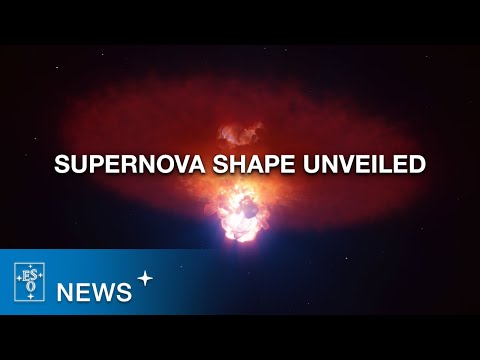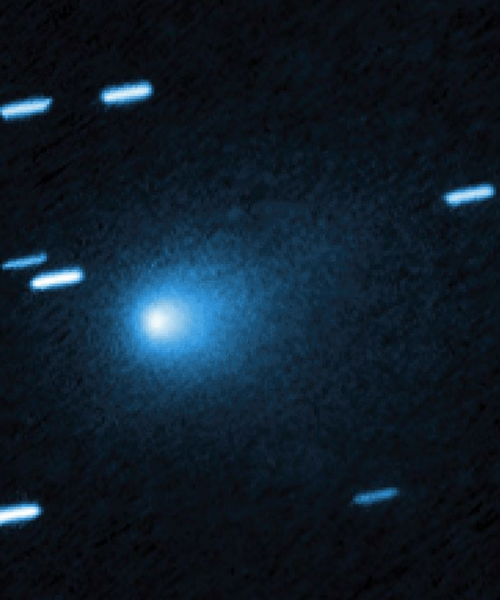Only a few hours after its birth, astronomers successfully glimpsed the aftermath of a nearby supernova. According to their study recently published in the journal Science Advances, their stellar accomplishment thanks to quick thinking and intense geometrical calculations is already providing clues to longstanding questions about some of the universe’s most impressive and powerful events.
On April 10, 2024, astronomers began the fast-paced mission to capture supernova SN 2024ggi. Study coauthor Yi Yang of Tsinghua University in China initially learned about its sighting shortly after arriving in San Francisco following a transpacific flight. About 12 hours later, Yang drafted and sent an observation proposal to the European Space Observatory (ESO), which quickly approved his application. Managers at the ESO’s Very Large Telescope (VLT) in Chile then angled their high-powered array in the direction of the Hydra constellation to focus on the rapidly developing situation about 22 million light-years from Earth. In total, it only took around 26 hours from first detection to train instruments on the supernova. What astronomers saw was a never-before-seen moment in the death of a red supergiant star.

“The first VLT observations captured the phase during which matter accelerated by the explosion near the centre of the star shot through the star’s surface. For a few hours, the geometry of the star and its explosion could be, and were, observed together,” ESO astronomer and study coauthor Dietrich Baade said in a statement.
A star keeps its spherical shape for the majority of its lifespan due to a perfect equilibrium maintained between the pressure of gravitational force and the pressure of its internal nuclear fusion reactions. However, once that star fuel is exhausted, things start becoming unstable. In the case of a massive star, its core eventually collapses. For context, SN 2024ggi is 12 to 15 times the mass and 500 times larger than our sun. When a star this size collapses, its mass shell then implodes before ricocheting outward. These shockwaves further weaken the dying star’s integrity before ultimately breaking through its surface layers. Only then does the star truly go supernova and unleash its massive, telltale waves of bright energy.
Most examinations of supernovas begin after this initial phase, but SN 2024ggi was different. By quickly training the VLT at the exploding star, astronomers could observe an initial breakout shape that forms before the supernova explosion starts interacting with surrounding material. To properly assess the moment, the team relied on a method called spectropolarimetry.

“Spectropolarimetry delivers information about the geometry of the explosion that other types of observation cannot provide because the angular scales are too tiny,” astronomer and study coauthor Lifan Wang explained.
“The geometry of a supernova explosion provides fundamental information on stellar evolution and the physical processes leading to these cosmic fireworks,” added Yang.
Combined with other fine-tuned observatory tools, researchers discovered SN 2024ggi’s very first blast formed an olive-like shape around the dying star. As the explosion grew larger and smacked into nearby matter, the shape started flattening while the ejecta’s axis of symmetry remained stable.
“These findings suggest a common physical mechanism that drives the explosion of many massive stars, which manifests a well-defined axial symmetry and acts on large scales,” said Yang.
Already, Yang and colleagues are using this new data to jettison some existing supernova models while improving others. It has also allowed skilled astronomical artists to illustrate some of the most accurate depictions of a supernova’s birth.
“This discovery not only reshapes our understanding of stellar explosions, but also demonstrates what can be achieved when science transcends borders,” said ESO astronomer and study coauthor Ferdinando Patat.






